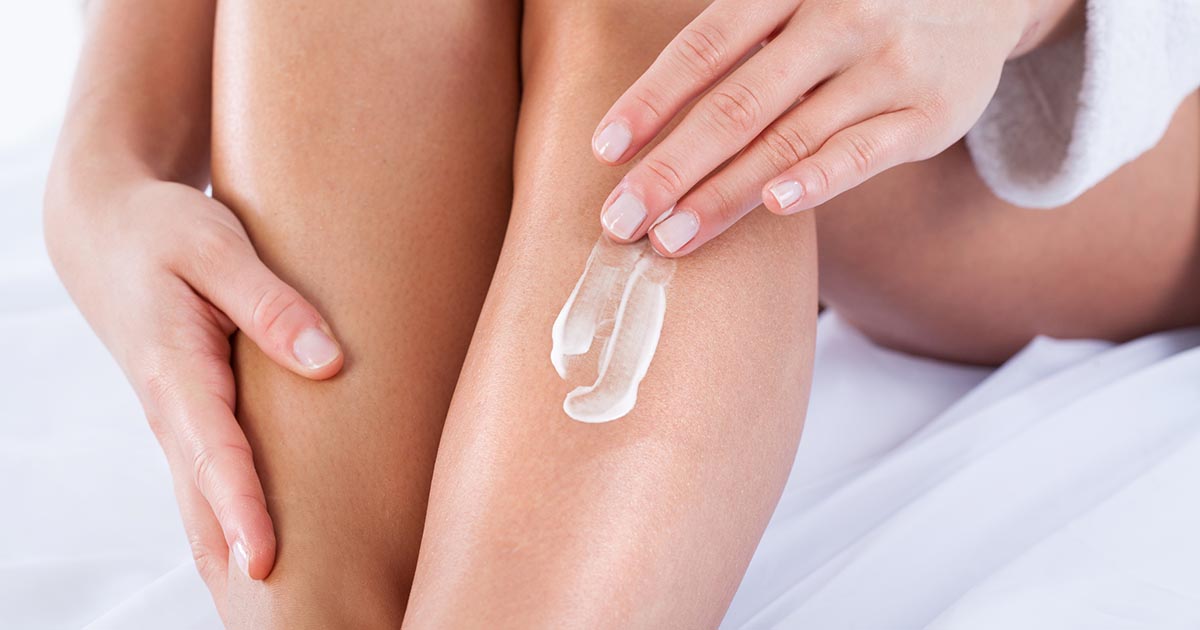Methods Of Treating A Venous Leg Ulcer And Its Symptoms
Elevate The Legs

Most doctors will recommend elevating the legs as much as possible. This is a common treatment for circulatory issues and swelling in the legs. The best part about elevation is it doesn't require you to spend money on medications or set up puzzling medical equipment. You can elevate your legs by laying in bed with your legs on a pile of pillows, or otherwise putting your legs on a surface raised higher than your head.
Elevating your legs allows blood to flow back to your heart without needing to fight gravity. In cases regarding venous leg ulcers, doctors will usually recommend raising the affected leg about a half hour each time, three to four times every day. If you work in an office, you may be able to make accommodations if you get a note from your doctor explaining the necessity.
Moisturize To Reduce Itchy Skin

One of the most irritating symptoms of a venous leg ulcer is itching. It's important to moisturize to reduce itchy skin. Itching your ulcer is a good way to break the skin and undo the healing process. Plus, your fingernails will introduce bacteria to the wound. Most individuals are familiar with the feeling of a skin abrasion itching as it heals. With venous leg ulcers, the itching lasts much longer due to the delayed healing process, and your skin may become dry and flaky as it heals. The newly-healed skin will be reddened and irritated, thus, invest in a decent moisturizer made for taking care of dry skin. Look for products specifically created to soothe and cool itchy, inflamed skin. If you itch a venous leg ulcer, you may increase your healing time from a few weeks to more than a year.
